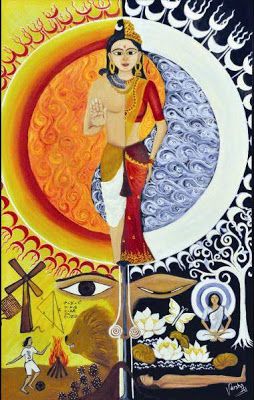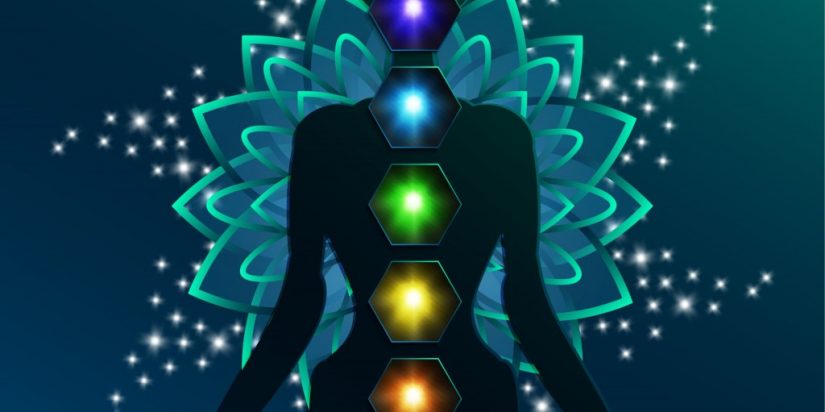Yoga + YBR: Digestion, Breath, Health and Well-being As I finish up the first half of the IAYT Yoga therapy training with Paramanand Institute of Science and Research I am struck yet again by the holistic wisdom of Hatha Yoga. For example, in Sanskrit the word Āhāra means food. The concept of Āhāra is not
Leer más...


